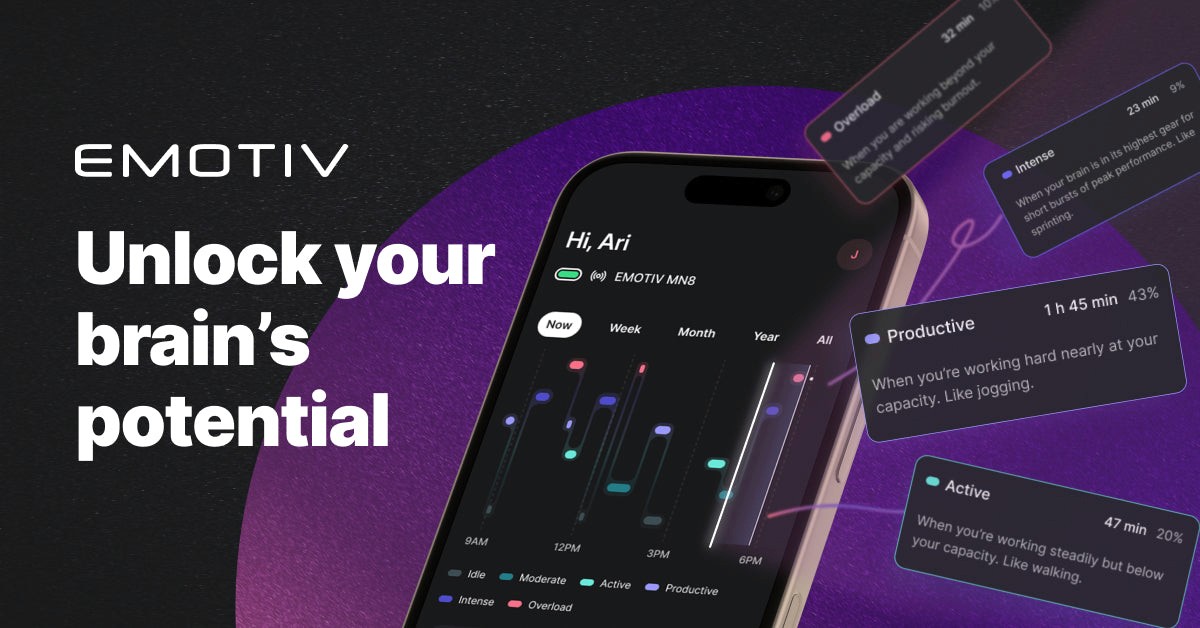Brain-Computer Interfaces by Electrical Cortex Activity
Share:





Brain-Computer Interfaces by Electrical Cortex Activity: Challenges in Creating a Cognitive System for Mobile Devices Using Steady-State Visually Evoked Potentials
Pedro Morais, Carla Quintão, Pedro Vieira
Abstract
The research field of Brain–Computer Interfaces (BCI) emerged in an attempt to enable communication between paralyzed patients and technology. Identifying an individual’s mental state, through his brain’s electric activity, a typical BCI system assigns to it a particular action in the computer. It is known that when the visual cortex is stimulated with a certain frequency, it shows activity with the same frequency. This Steady–State Visually Evoked Potential(SSVEP) activity can be used to achieve the aforementioned communication goal. In this work, we first analyze the spontaneous electrical activity of the brain, to distinguish two mental sates (concentration/meditation). Then, following an SSVEP type of approach, we divide the stimulating screen in four areas, each of which flickering at a distinct frequency. By observing the responding frequency from the occipital lobe of the subject, we can then estimate the 2 bit decision he made. We observe that such a setup is efficient for real time BCI, and can be easily integrated in mobile devices. Besides, the user is able to change voluntarily her/his decisions, interacting with the system in a natural manner.
Brain-Computer Interfaces by Electrical Cortex Activity: Challenges in Creating a Cognitive System for Mobile Devices Using Steady-State Visually Evoked Potentials
Pedro Morais, Carla Quintão, Pedro Vieira
Abstract
The research field of Brain–Computer Interfaces (BCI) emerged in an attempt to enable communication between paralyzed patients and technology. Identifying an individual’s mental state, through his brain’s electric activity, a typical BCI system assigns to it a particular action in the computer. It is known that when the visual cortex is stimulated with a certain frequency, it shows activity with the same frequency. This Steady–State Visually Evoked Potential(SSVEP) activity can be used to achieve the aforementioned communication goal. In this work, we first analyze the spontaneous electrical activity of the brain, to distinguish two mental sates (concentration/meditation). Then, following an SSVEP type of approach, we divide the stimulating screen in four areas, each of which flickering at a distinct frequency. By observing the responding frequency from the occipital lobe of the subject, we can then estimate the 2 bit decision he made. We observe that such a setup is efficient for real time BCI, and can be easily integrated in mobile devices. Besides, the user is able to change voluntarily her/his decisions, interacting with the system in a natural manner.
Brain-Computer Interfaces by Electrical Cortex Activity: Challenges in Creating a Cognitive System for Mobile Devices Using Steady-State Visually Evoked Potentials
Pedro Morais, Carla Quintão, Pedro Vieira
Abstract
The research field of Brain–Computer Interfaces (BCI) emerged in an attempt to enable communication between paralyzed patients and technology. Identifying an individual’s mental state, through his brain’s electric activity, a typical BCI system assigns to it a particular action in the computer. It is known that when the visual cortex is stimulated with a certain frequency, it shows activity with the same frequency. This Steady–State Visually Evoked Potential(SSVEP) activity can be used to achieve the aforementioned communication goal. In this work, we first analyze the spontaneous electrical activity of the brain, to distinguish two mental sates (concentration/meditation). Then, following an SSVEP type of approach, we divide the stimulating screen in four areas, each of which flickering at a distinct frequency. By observing the responding frequency from the occipital lobe of the subject, we can then estimate the 2 bit decision he made. We observe that such a setup is efficient for real time BCI, and can be easily integrated in mobile devices. Besides, the user is able to change voluntarily her/his decisions, interacting with the system in a natural manner.
Solutions
Support
Company

© 2025 EMOTIV, All rights reserved.

Your Privacy Choices (Cookie Settings)
*Disclaimer – EMOTIV products are intended to be used for research applications and personal use only. Our products are not sold as Medical Devices as defined in EU directive 93/42/EEC. Our
products are not designed or intended to be used for diagnosis or treatment of disease.
Solutions
Support
Company

© 2025 EMOTIV, All rights reserved.

Your Privacy Choices (Cookie Settings)
*Disclaimer – EMOTIV products are intended to be used for research applications and personal use only. Our products are not sold as Medical Devices as defined in EU directive 93/42/EEC. Our
products are not designed or intended to be used for diagnosis or treatment of disease.
Solutions
Support
Company

© 2025 EMOTIV, All rights reserved.

Your Privacy Choices (Cookie Settings)
*Disclaimer – EMOTIV products are intended to be used for research applications and personal use only. Our products are not sold as Medical Devices as defined in EU directive 93/42/EEC. Our
products are not designed or intended to be used for diagnosis or treatment of disease.
